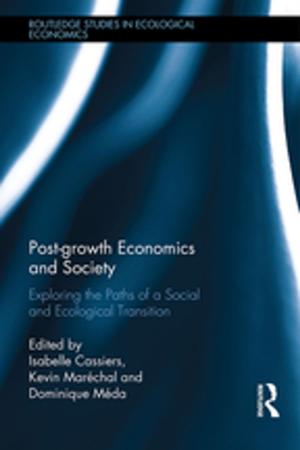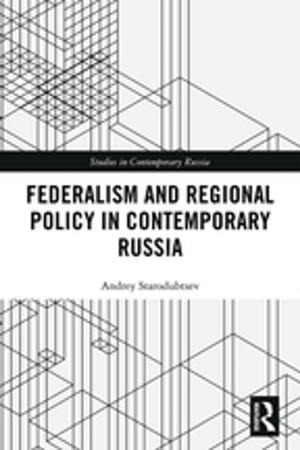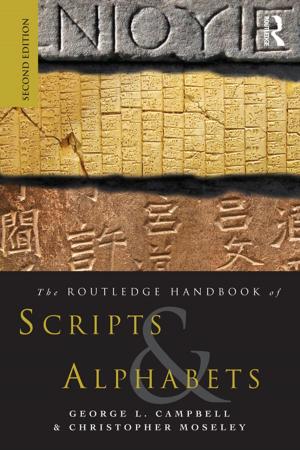Inside the American Legal Mind
An International Practitioner Guide to American Legal Reasoning
Nonfiction, Social & Cultural Studies, Social Science, Crimes & Criminals, Criminology, Reference & Language, Law| Author: | Kevin J. Fandl | ISBN: | 9781317269816 |
| Publisher: | Taylor and Francis | Publication: | October 5, 2015 |
| Imprint: | Routledge | Language: | English |
| Author: | Kevin J. Fandl |
| ISBN: | 9781317269816 |
| Publisher: | Taylor and Francis |
| Publication: | October 5, 2015 |
| Imprint: | Routledge |
| Language: | English |
Inside the American Legal Mind:An International Practitioner Guide to American Legal Reasoning clearly explains how to navigate within U.S. legal practice. A combination of common law legal history with the straight-shooting American style has resulted in an approach to issue analysis that is structurally different from other fields and from the civil law systems common in other countries. Precedent drives the interpretive process, providing the pillars upon which an American lawyer builds a case. Understanding how to capture relevant aspects of precedent, merge those aspects with precedent from seemingly distinct cases, and apply the resulting formula to a given fact pattern can be a harrowing experience for anyone untrained in American legal thinking.
This book bridges that gap for aspiring lawyers in America as well as for foreign legal practitioners. Fandl clearly and concisely demonstrates how to research, analyze, and ultimately condense legal ideas into written form in the American legal style. Suitable for undergraduates in U.S. Criminal Justice programs and for LL.M. courses, as well as for continuing education for professionals.
Inside the American Legal Mind:An International Practitioner Guide to American Legal Reasoning clearly explains how to navigate within U.S. legal practice. A combination of common law legal history with the straight-shooting American style has resulted in an approach to issue analysis that is structurally different from other fields and from the civil law systems common in other countries. Precedent drives the interpretive process, providing the pillars upon which an American lawyer builds a case. Understanding how to capture relevant aspects of precedent, merge those aspects with precedent from seemingly distinct cases, and apply the resulting formula to a given fact pattern can be a harrowing experience for anyone untrained in American legal thinking.
This book bridges that gap for aspiring lawyers in America as well as for foreign legal practitioners. Fandl clearly and concisely demonstrates how to research, analyze, and ultimately condense legal ideas into written form in the American legal style. Suitable for undergraduates in U.S. Criminal Justice programs and for LL.M. courses, as well as for continuing education for professionals.















